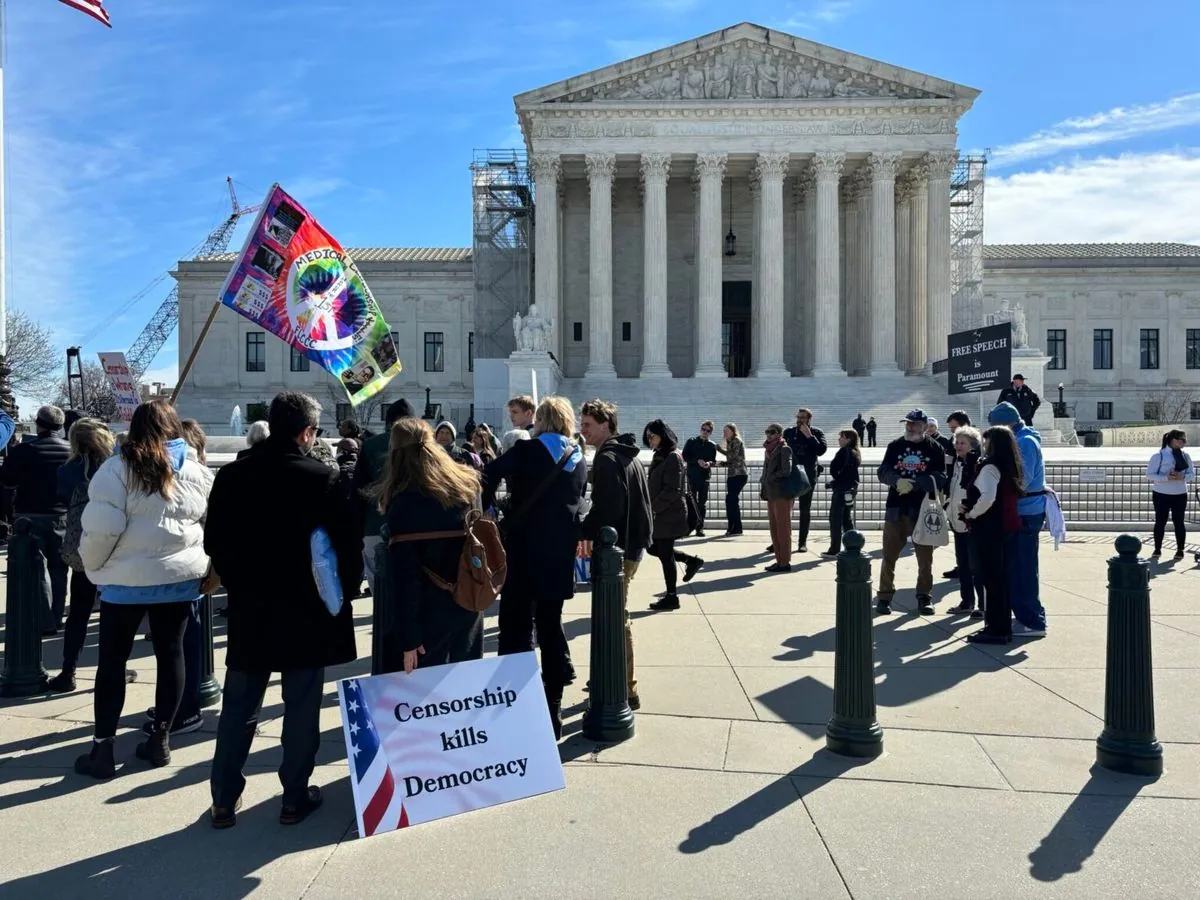On September 4, 2024, Utah's Supreme Court convened to hear arguments in a climate change lawsuit filed by young activists against the state. The case, which challenges laws promoting fossil fuel development, faced skepticism from the justices regarding its potential impact on reducing emissions.
The lawsuit, part of a broader trend of youth-led climate activism in courts across the United States, alleges that Utah's laws violate the state constitution by endangering the right to life through the promotion of fossil fuels. However, the five-judge panel, all appointees of Republican governors, raised concerns about the case's legal standing and practical effects.
Justice Diana Hagen questioned the efficacy of the proposed remedy, stating:
"If we can't say that granting the relief you seek would change even a single decision, then there wouldn't be any impact on fossil fuel emissions."
The court's skepticism stems from the fact that even if the challenged laws were struck down, state regulators would retain discretion to authorize future projects. This point highlights the complex relationship between legislation and environmental policy in Utah, a state known for its diverse landscape and significant fossil fuel deposits.
Andrew Welle, representing the youth plaintiffs from the non-profit law firm Our Children's Trust, argued that the state's constitution protects citizens from government actions causing serious harm to health and safety. However, Assistant Solicitor General Erin Middleton countered that policy debates should remain within the elected branches of government rather than the courts.
This case follows similar legal actions in other states, with varying outcomes. In June 2024, Hawaii reached a groundbreaking settlement to decarbonize its transportation system by 2045. Additionally, a Montana judge issued a landmark ruling in 2023, holding that the state violated young people's rights by disregarding climate change in fossil fuel project approvals.
Utah's unique position as a state with significant natural resources and a young population (median age of 31) adds complexity to the debate. The state's economy relies on diverse sectors, including tourism and mining, which often have conflicting environmental impacts.
As the court deliberates, the outcome of this case could have far-reaching implications for climate litigation and environmental policy in Utah and beyond. The decision will likely balance constitutional interpretations, environmental concerns, and the state's economic interests in a region known for its stunning national parks and valuable mineral deposits.
